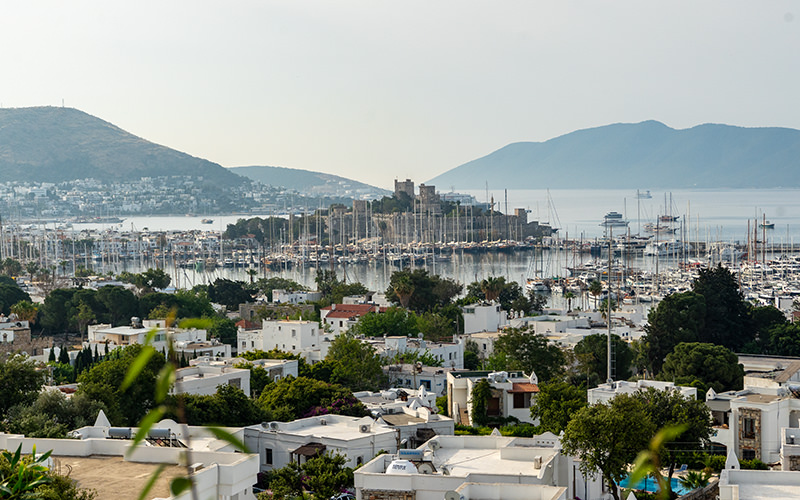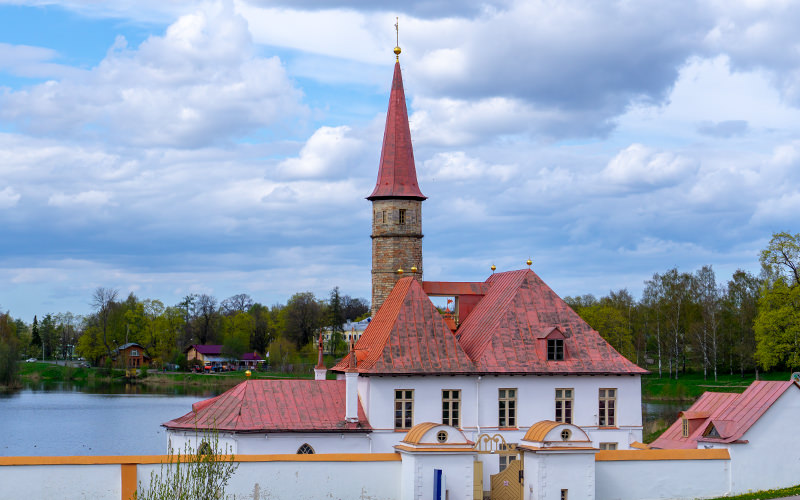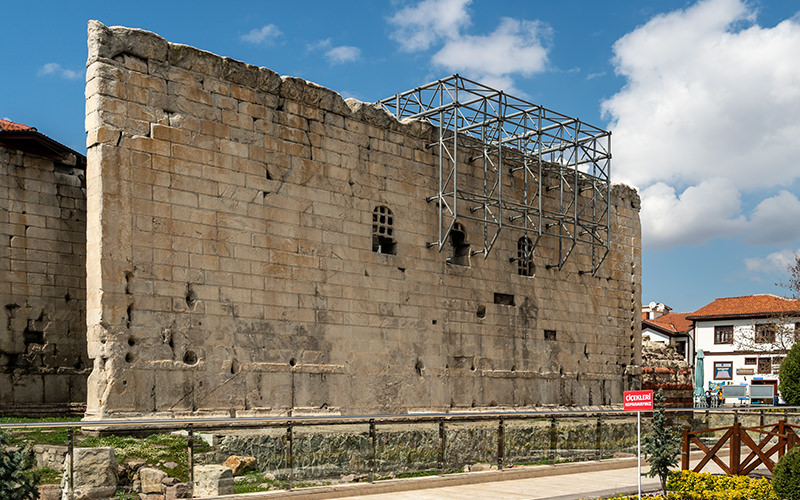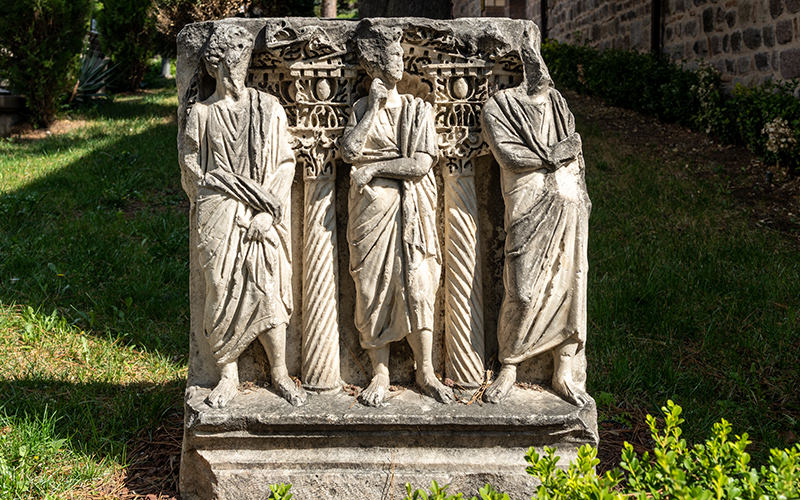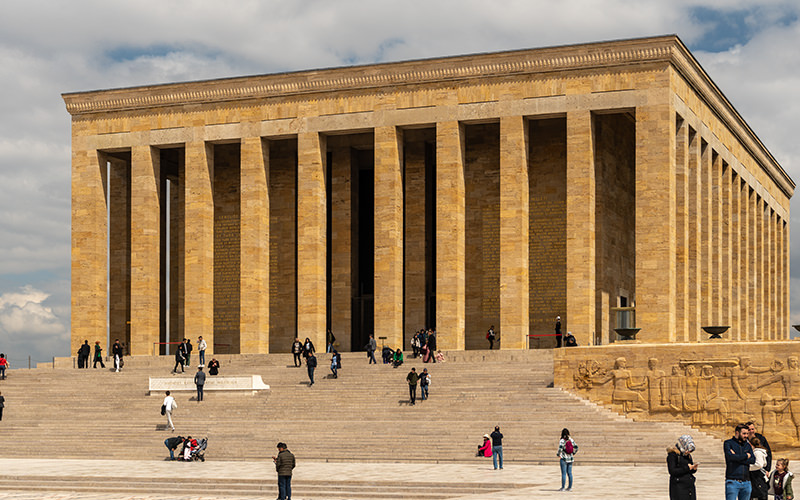Hi! Today we will continue our stroll through Turkish Ankara. Since 1923, it has been the capital of Turkey, but the city's history began centuries before our era. Many ancient monuments have been preserved here, so after visiting the mausoleum of Mustafa Kemal Atatürk, I went to see what remains of the complex of Roman baths, located in the central part of the modern metropolis.
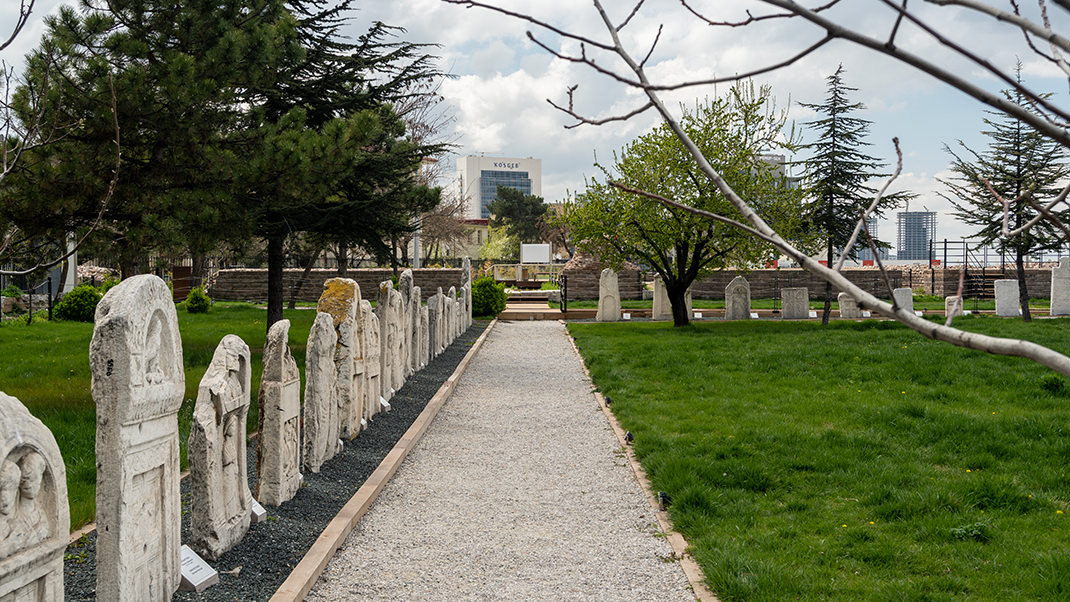
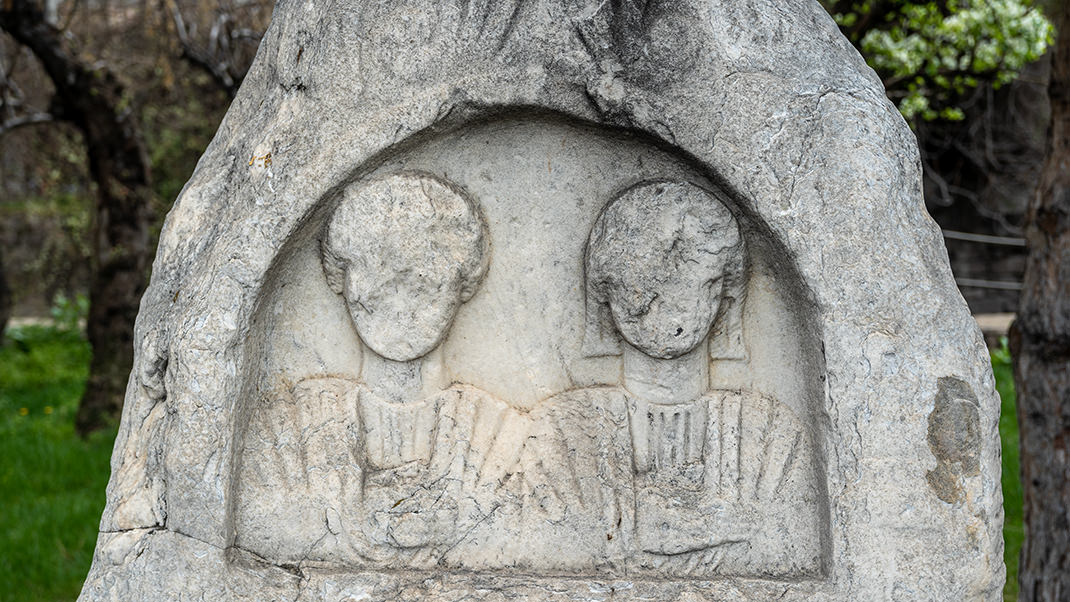
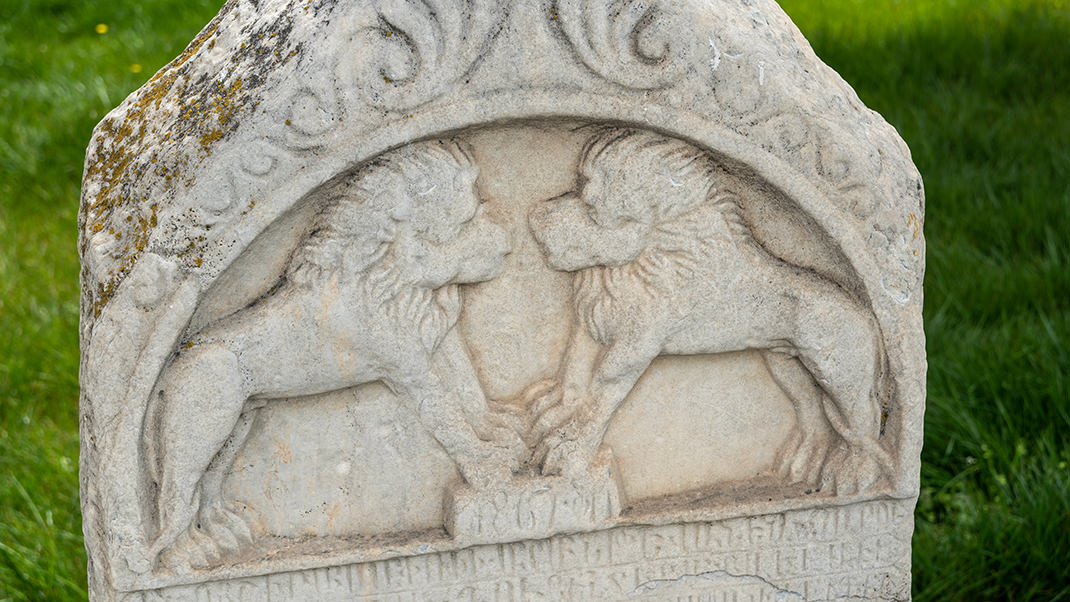
How to Get There
The ruins of the Roman baths in Ankara represent a collection of many exhibits right under the open sky. I walked here from the high-speed train terminal from Istanbul, which took about half an hour. A few hundred meters from the entrance to the museum is the Aski metro station.
The entrance fee to the museum is 40 Turkish liras (April 2023).
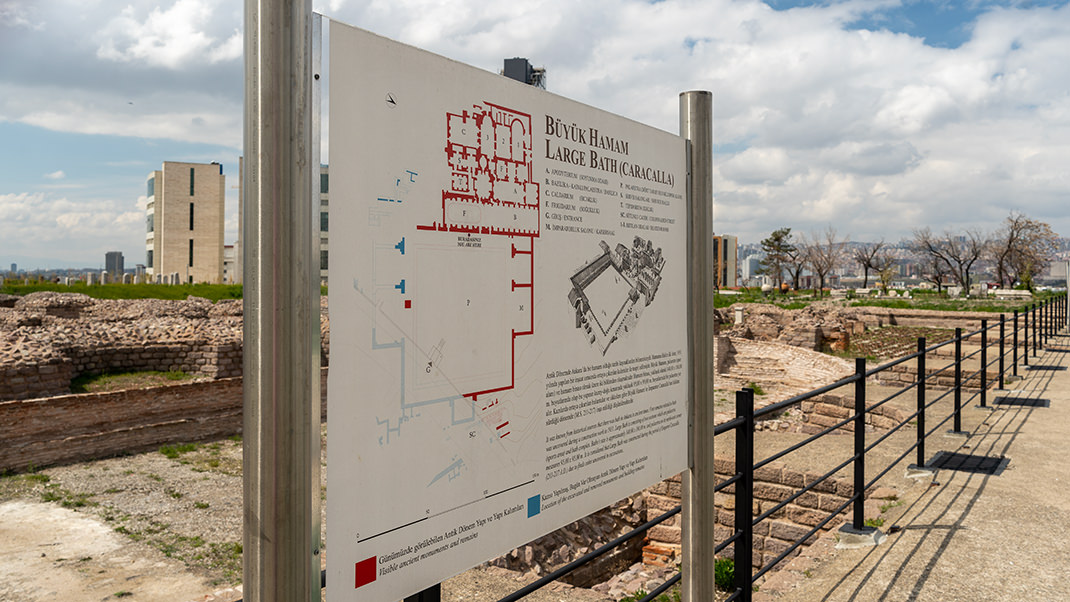

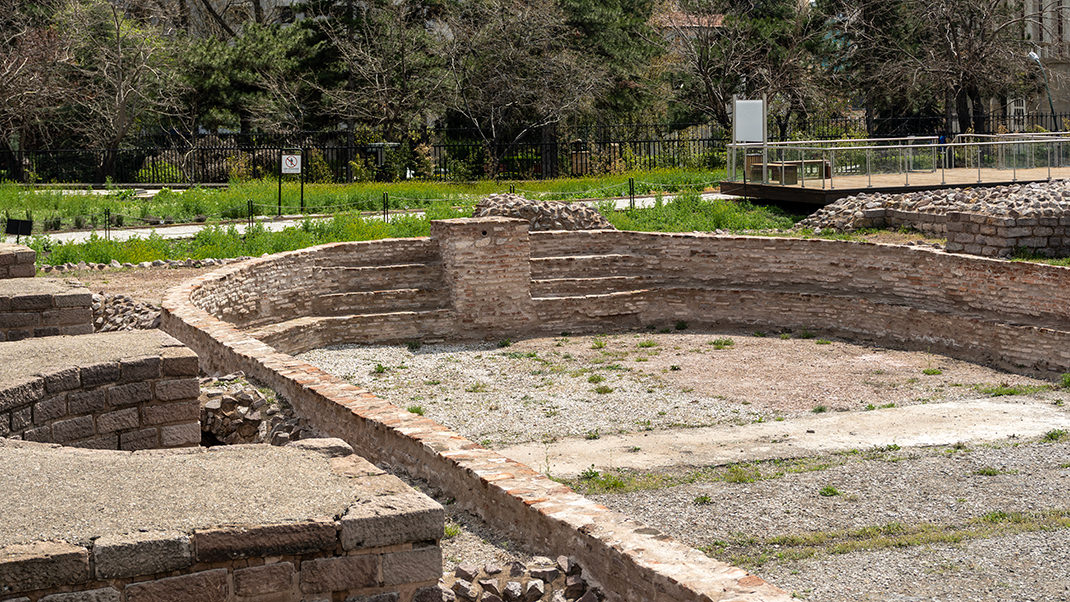
A Bit of History
Ankara is believed to have been founded on the site of earlier settlements in the 7th century BCE. The bath complex was built in 212–217 AD when the city was part of the Roman Empire. After that, the baths were continuously used for five centuries.
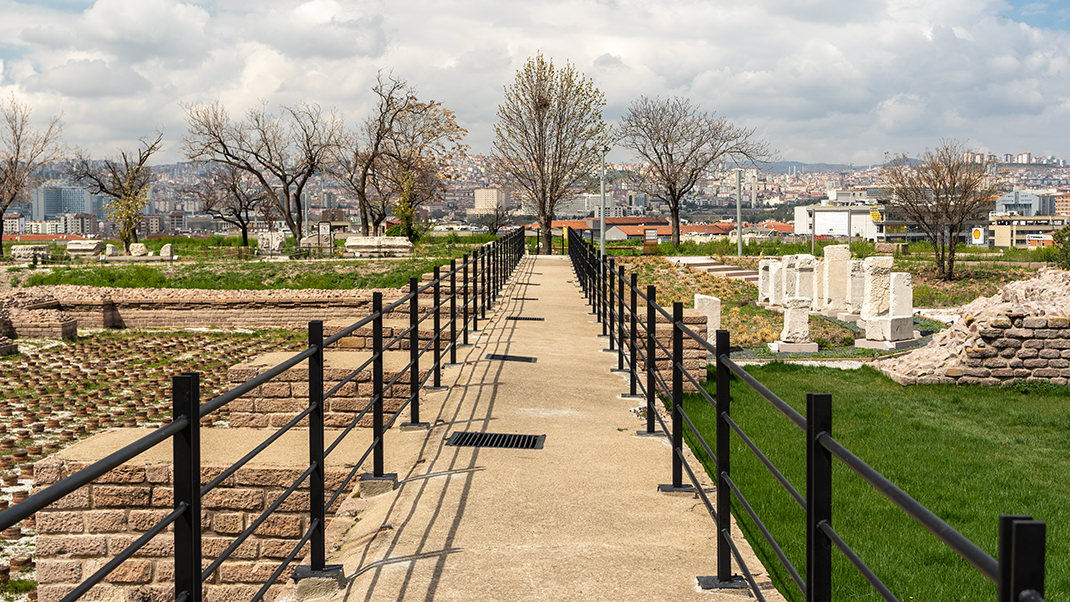
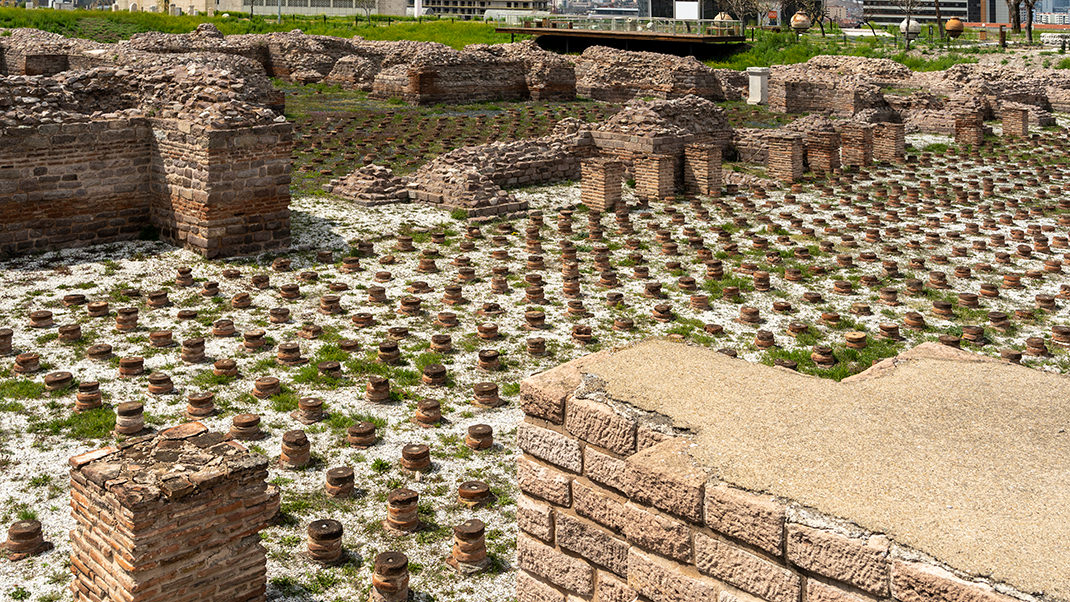

The structure consisted of two large parts: the palaestra (a place for gymnastic exercises) and the covered bath complex itself, measuring 140 by 180 meters. Today, there are several informational boards in the museum area, giving an idea of what this ensemble looked like in the past.
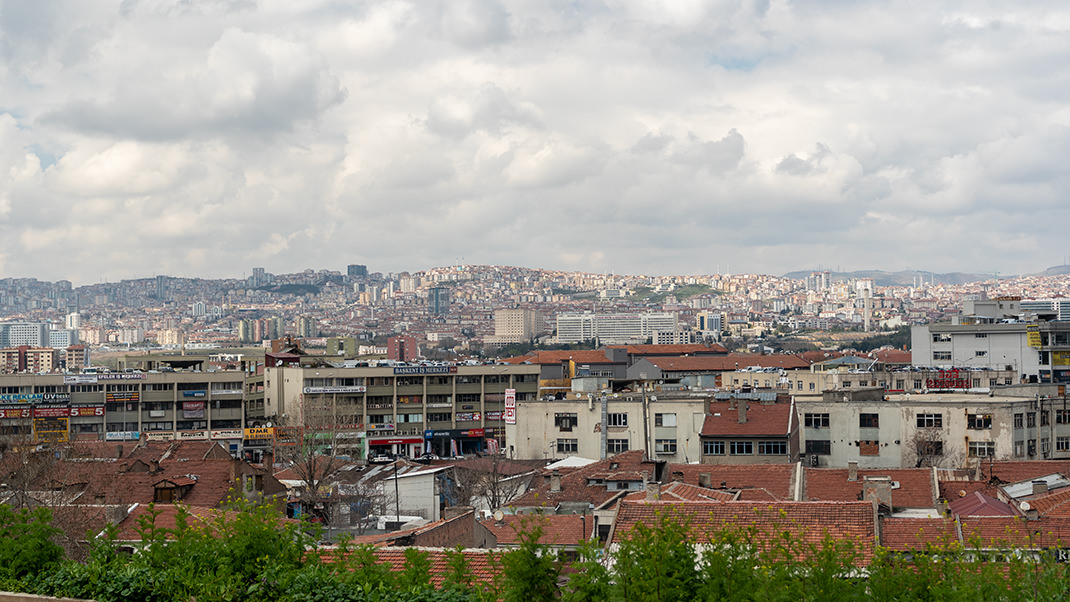
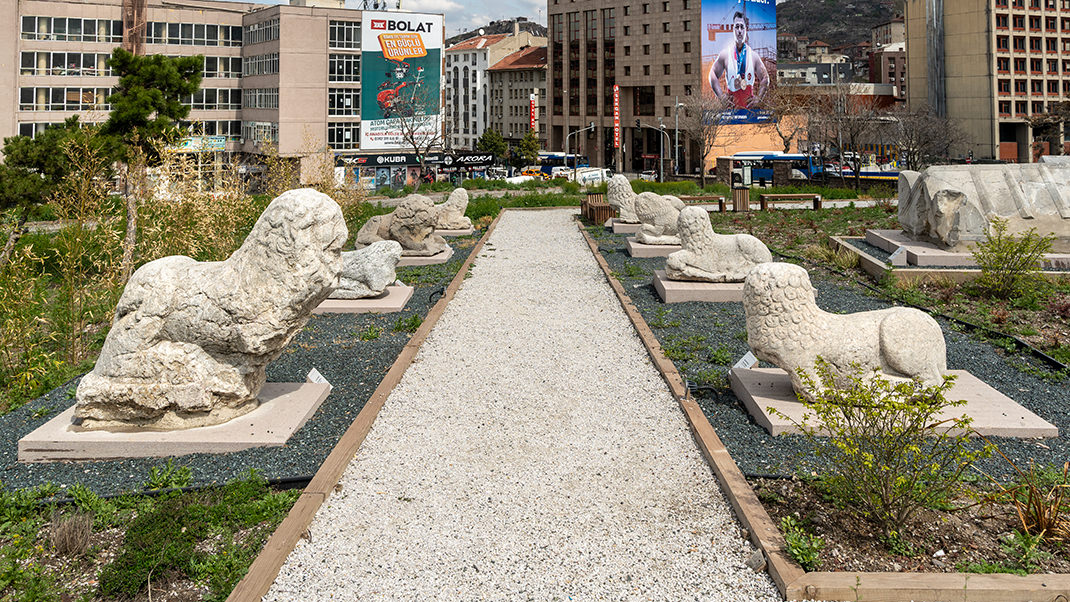
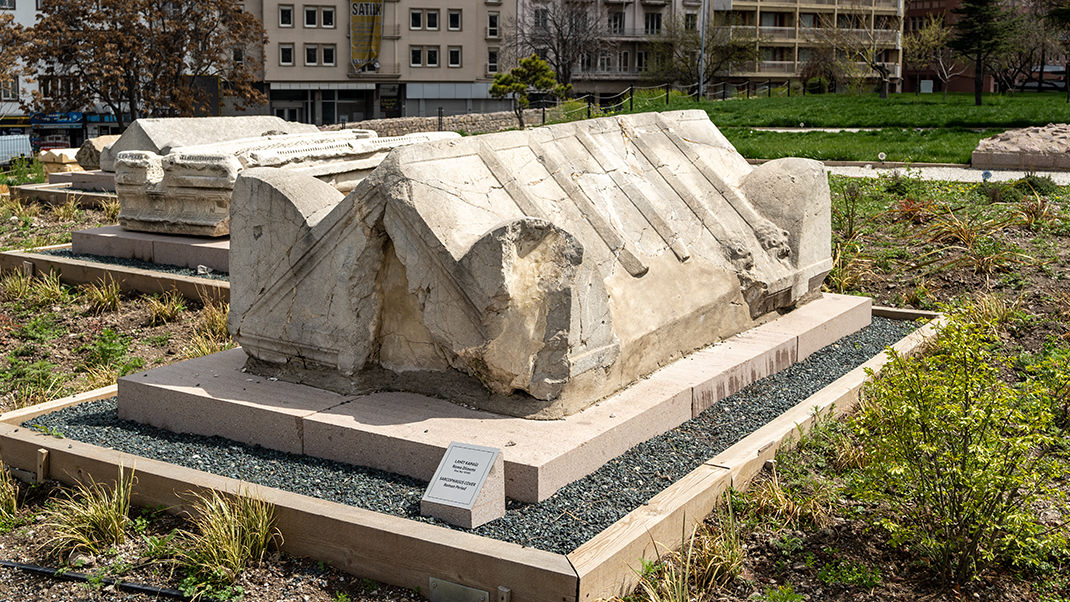
The ruins of the ancient Roman baths were first discovered during construction work in 1931. The modern open-air museum took its current form in 1997–2001. In the area of 65,000 square meters, visitors to the exhibition can see about 10,000 different items.

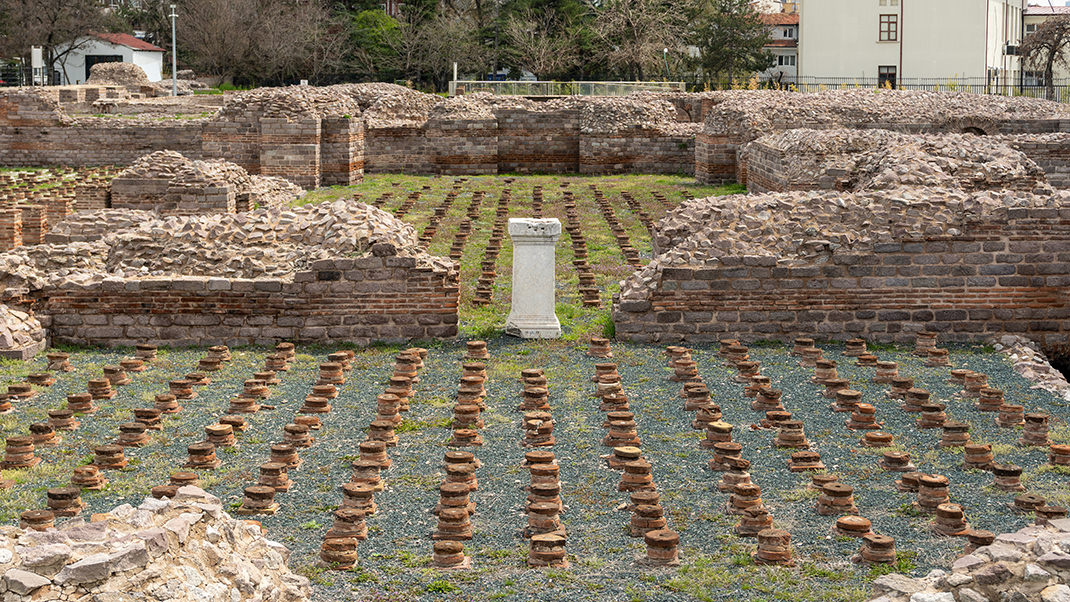
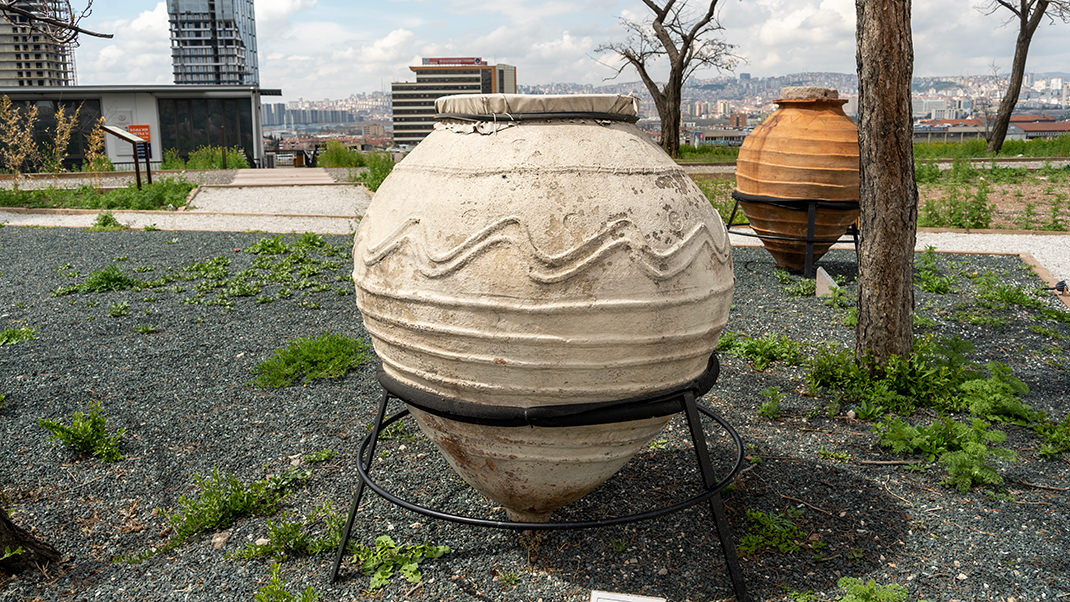
The museum space is divided into several zones. There are sections with exhibits of gravestones, pedestals, architectural elements, sarcophagi, and sculptures. In the distant part of the exhibition, there is a small building, unknown to me as it was closed on the day of my visit. In the center of the museum are the fenced ruins of the bath complex. The entire exposition rises above the city on a 2.5-meter hill.
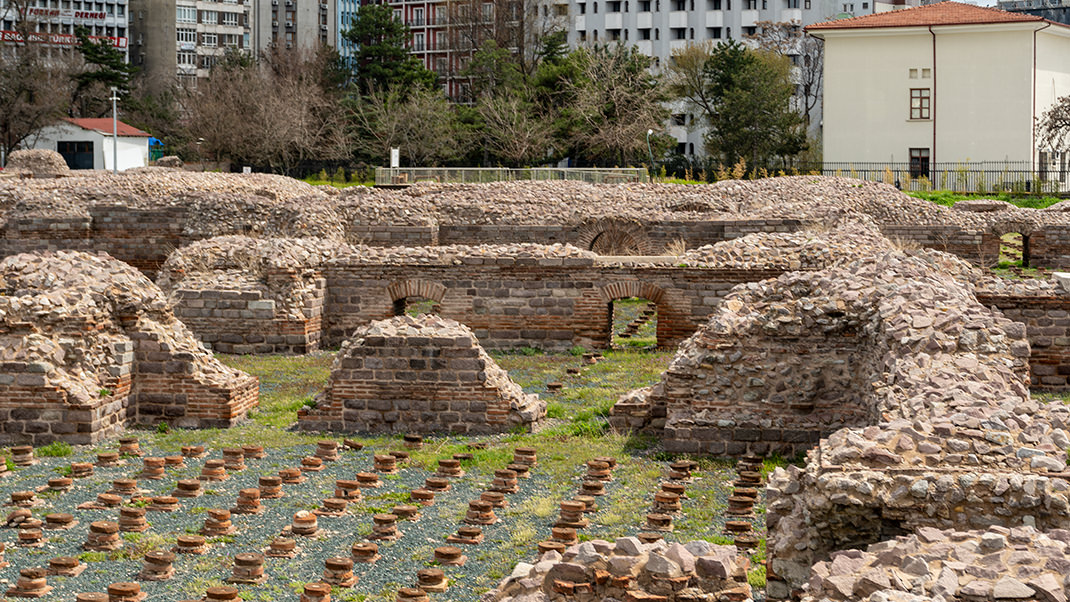
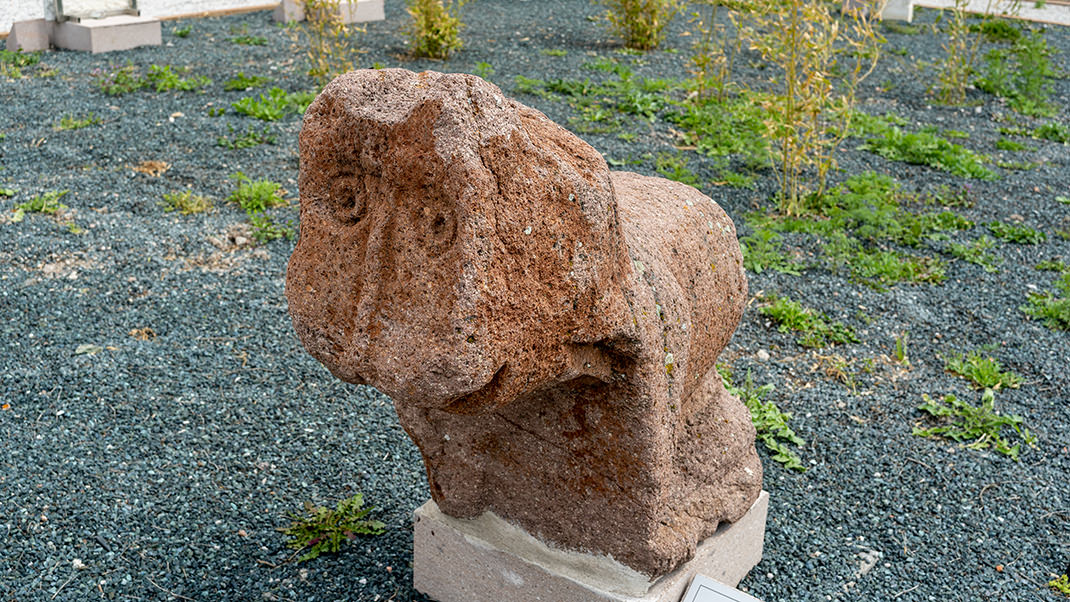
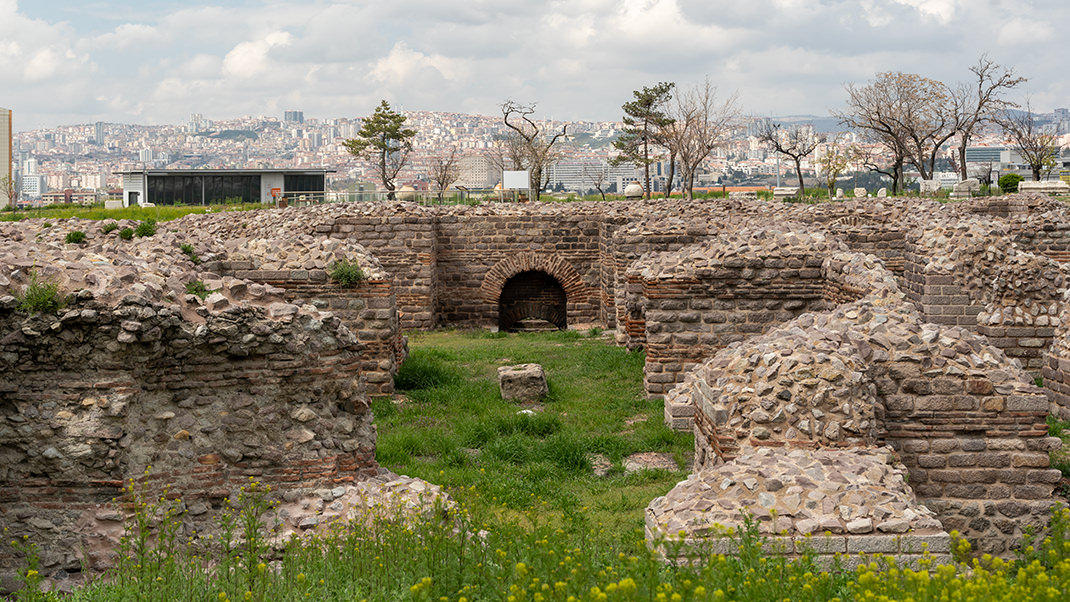
Guidebooks mention that next to the bath complex, there used to be a road with columns of the Corinthian order. This passage was discovered during the construction of the modern boulevard, but it was not restored or opened to tourists. It is known that the road led to another interesting landmark of the ancient city, the Temple of Augustus. My next article will be dedicated to the preserved ruins of this cult structure.
Have a nice trip!


